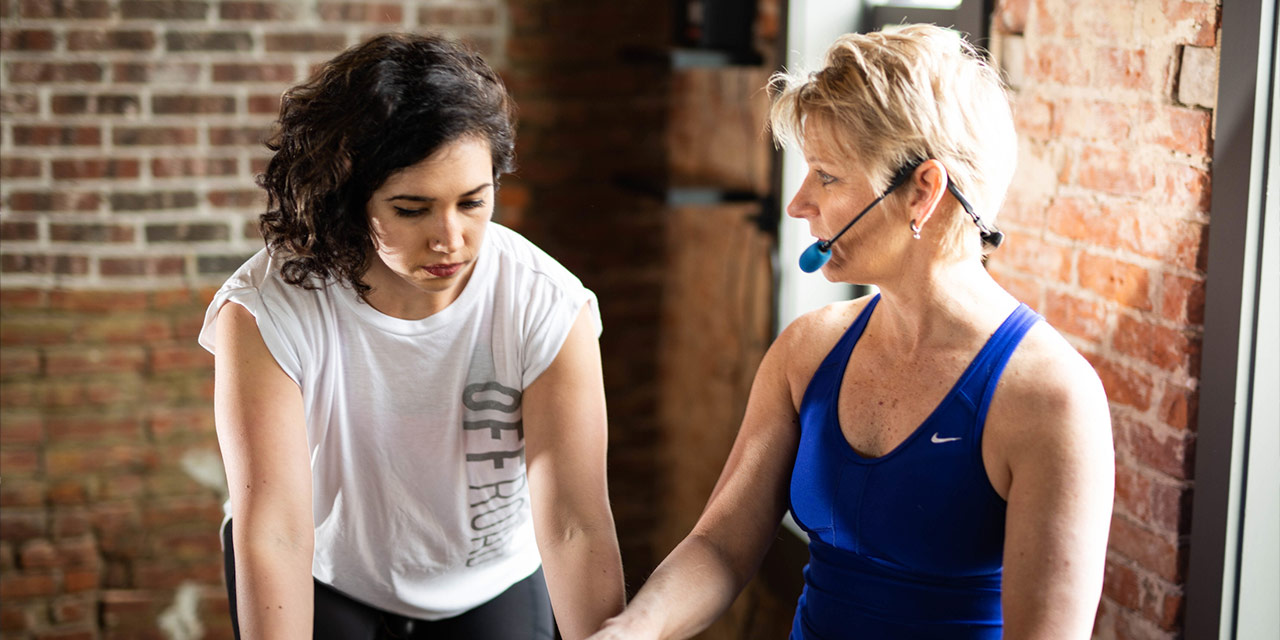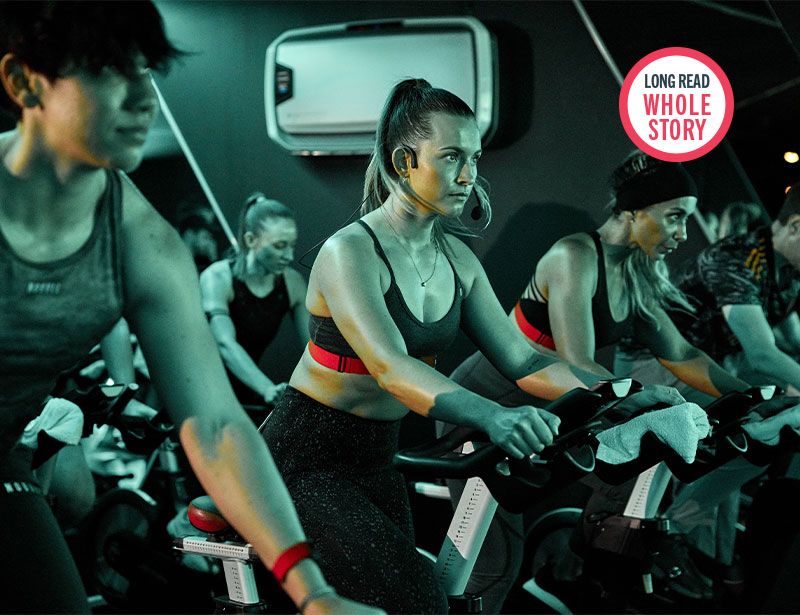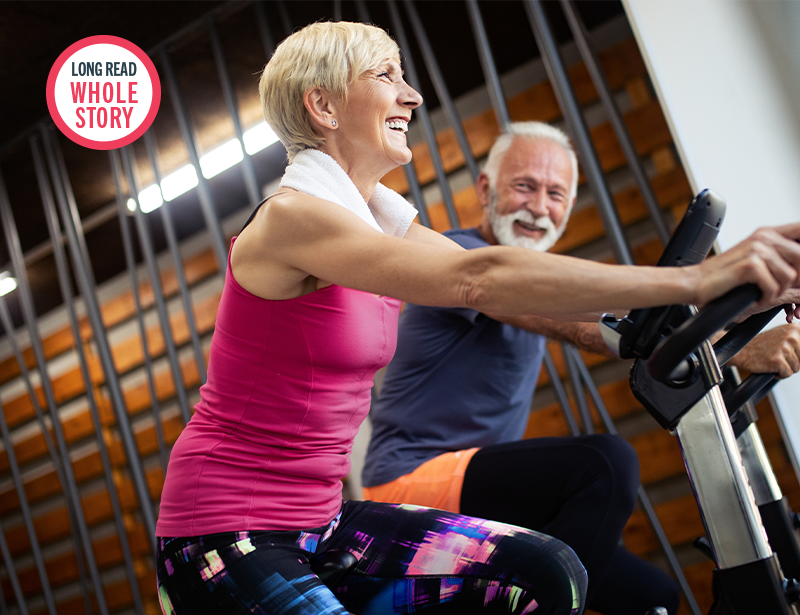Indoor cycling academy
The best of all worlds
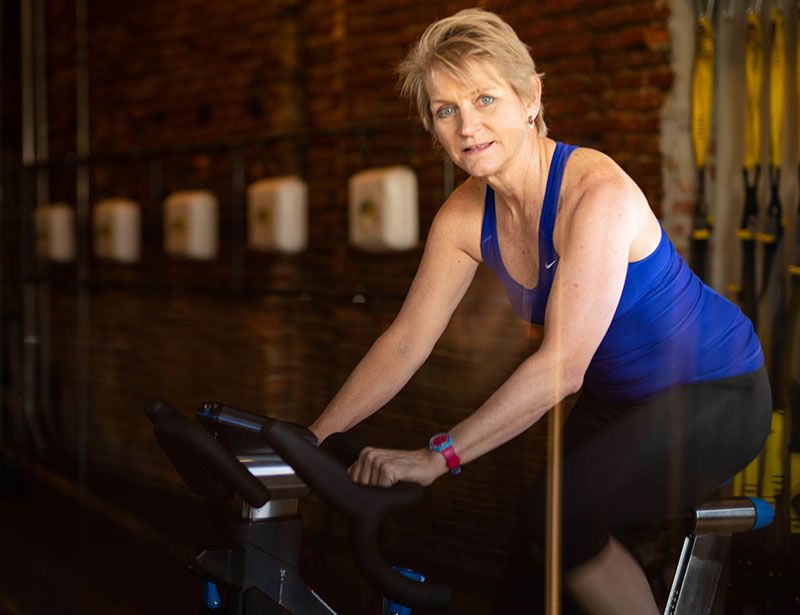
I started out on my indoor cycling journey in the early days of Spinning®, as a master instructor for Mad Dogg Athletics and Spinning. That was 1997 – 21 years ago. I’ve since travelled the world and trained thousands of instructors, presented at dozens of conferences and live workshops, written some of the continuing education curriculum for Spinning, and taught thousands of classes.
I discovered early on that I have a knack for inspiring others while on the bike. There’s no greater feeling than hearing from instructors who told me I changed their lives as they learned how to become better and more inspiring coaches.
However, I began to spot new trends in indoor cycling that I found concerning…
Keeping It Real
In 2003, I created a workshop for a Spinning conference called Keep It Real, which addressed some of the emerging trends in the industry that seemed a bit, well, troubling. That session soon became a continuing education workshop called ‘Contraindications in Spinning’ – by which we meant “just don’t do it”. It challenged many of the techniques that had been popping up in classes; moves such as push-ups, crunches, squats and lifting weights while riding the bike.
The thinking was this: none of these non-traditional moves add to your fitness in any appreciable way, nor do they increase calorific consumption. But they do detract from the effectiveness of pedalling the bike. They may also cause discomfort and, in some cases, injury.
In 2007, I put this thinking into an e-book called Keep It Real, which focused on the idea that indoor cycling should stay true to ‘real’ cycling techniques, cycling science and proper training principles – even if you don’t ride outside.
This resonated with instructors around the globe, with hundreds contacting me to find out how they could get their riders to understand how important it was to ‘keep it real’.
How could we get more of that magic on the keep-it-real side?
The great divide
However, not everyone agreed with this ‘keep it real’ concept. I noticed a large schism was forming in my beloved industry.
On one side were the ‘purists’ – the instructors who kept true to cycling technique, sometimes even to a fault. One of their mantras was: “If you don’t do it on a bike outside, you shouldn’t do it indoors.” (This was a step further than even my ‘keep it real’ concept; I believe there are some things you can do indoors that you wouldn’t do outdoors. You just have to ensure everything is based on proper biomechanics for an effective workout.)
On the other side was the ‘party on a bike’ brigade – those who felt an indoor cycle wasn’t like an outdoor bike, and that you could therefore do whatever you wanted on it. Their focus was on music, high energy and fun above technique or performance. It was all about dancing to the music rather than music as a backdrop. They believed a class that ‘kept it real’ was boring and meant that riders sat in the saddle the whole time.
They weren’t entirely wrong! Even though I have always been on the side of proper technique, I recognised what they were rebelling against.
I had seen the poor instruction, inadequate motivation, even downright boring classes. Classes that were technically correct, but no more.
Meanwhile, I could also see the party crowd were doing something very right. They excelled at the fun factor and drew big crowds as a result. SoulCycle had taken the industry by storm and Flywheel followed soon after. They had touched on the magic of entertainment and musicality and focused on customer service.
Bridging the gap
I wanted to bring the best of both sides together. I knew I could have an impact on the ‘boring’ instructors if I had an opportunity to teach them about motivational coaching, music, profile design, public speaking skills and building a connection with their riders. I also knew I could have an impact on the ‘party’ instructors, showing them how to keep it fun, motivating and on-the-beat while adhering to proper biomechanics and training principles.
I felt bridging the gap in this way could help heal my industry and vastly boost the success of participants around the world. There were negatives and positives to both sides – all I needed was a platform to showcase the best of all worlds and raise the level of instruction across all indoor cycling programmes.
That platform came in 2011, when I launched the Indoor Cycling Association (ICA) – a global online educational resource for indoor cycling instructors.
Introducing the ICA
The ICA is not a certifying agency. Neither is it attached to any one programme; it doesn’t matter the certification or the bike you teach on. We simply want to help instructors get to the next level of knowledge and inspiration once they’re certified, with online content that combines evidence-based technique, inspirational coaching, technology, entertainment, music and fun.
One of the primary missions of the ICA is to be a driving force in the industry, so that all bike manufacturers and programmes will continue to thrive, and so that boutique studios and clubs can stay in business. We want to be the rising tide that lifts all boats.
The goal of the ICA is to take the science of cycling and make it more accessible and interesting to instructors. We teach them how to coach their riders with technically correct classes, without blinding people with the boring side of science. We teach the physiology and the biomechanics of indoor cycling, but we also show instructors how to be motivational coaches who make their classes fun.
In the belief that haphazard training produces haphazard results, we teach instructors how to create solid classes based on effective training principles, rather than throwing together a mishmash of movements.
Once they’ve designed their class, it’s time to think about the music. This has to match the message and tempo of the class profile, so the ICA teaches instructors to find music based on beats per minute (bpm) in order to match the desired cadence (rpm). The ICA has literally hundreds of theme-ride ideas and playlists to keep the entertainment factor high.
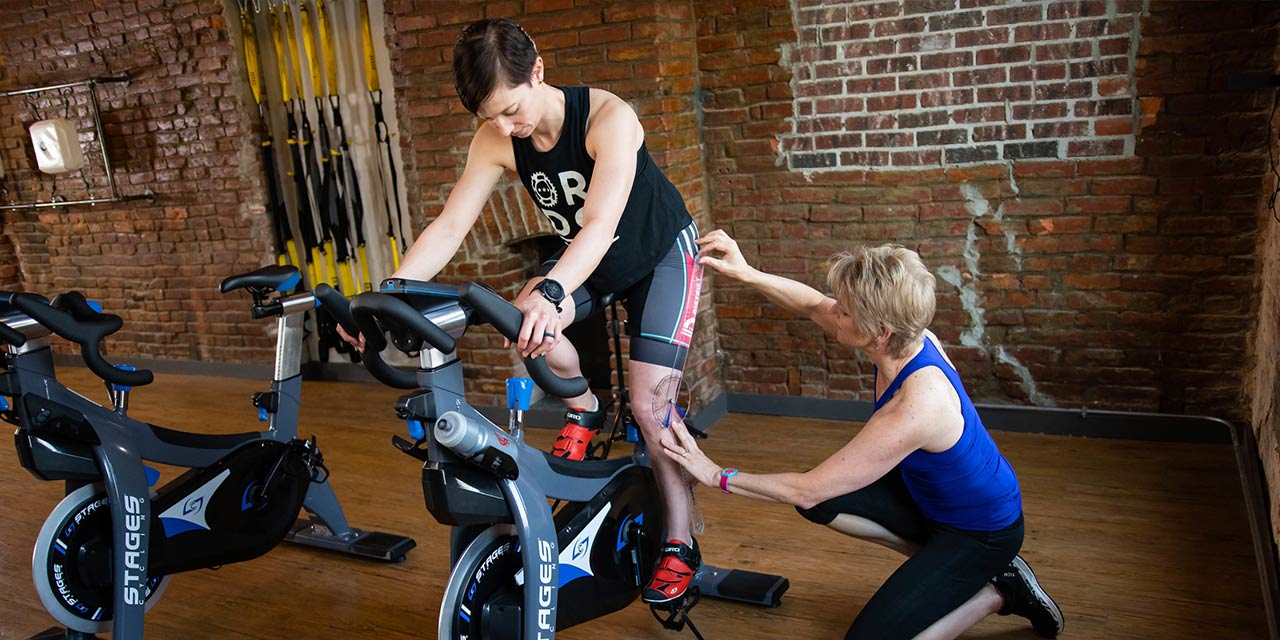
There’s also advice on how to use new technology to your advantage: apps, video displays, virtual rides and training with power meters. Used wisely, these technological enhancements can increase class participation and engagement; used poorly, it may end up deterring riders.
And finally, one of the signature features of the ICA curriculum is the educational content on coaching and cueing. Being a coach is more than just yelling out platitudes like “Find the champion within.” The most impactful instructors coach their riders to look inward for intrinsic motivation, not outward for external distraction. They inspire riders to push themselves beyond their own self-imposed limitations, encouraging them to use mantras and affirmations and helping them set and meet personal goals.
When instructors learn how to engage riders through inspirational coaching and mind-body connections, there’s no need to resort to ineffective distractions such as push-ups, tap-backs, crunches or weights. Instead, riders will excel through the mental strength techniques they learn in class.
This is the ICA approach to bringing together the best of both worlds – technique and inspiration – to ensure riders get results as well as enjoyment, and the indoor cycling sector continues to thrive.
For more information
The ICA website has an archive of over 1,000 educational articles and videos on every topic an instructor might need, from new instructors to 15-year veterans. There are also 800+ posts just on music for indoor cycling classes. New content is added weekly:
[button link=”https://www.indoorcyclingassociation.com” size=”medium” color=”default”]Indoor Cycle Association[/button]
If you’re an instructor looking to raise the bar of your own knowledge, download this free guide: 101 Ways to Be a Better Indoor Cycling Instructor
[button link=”https://www.indoorcyclingassociation.com/wp-content/uploads/2014/09/101-Ways-to-Be-a-Better-Indoor-Cycling-or-Spinning-Instructor.pdf” size=”medium” color=”default”]101 Ways to Be a Better Indoor Cycling Instructor[/button]
And, for both instructors and participants looking to understand what it means to keep it real in your cycling classes and why certain techniques are contraindicated, you can find the Keep it Real ebook right here
[button link=”https://www.indoorcyclingassociation.com/kir_ebook-3/” size=”medium” color=”default”]Keep it Real ebook[/button]

Conceived, powered and funded by BODY BIKE®, RIDE HIGH has a simple mission: to celebrate and champion the very best of indoor cycling, sharing ideas, stories and experiences from around the world to inspire the sector on to even bigger and better things. Subscribe for free by leaving your details below and we'll send indoor cycling's hottest news direct to your inbox three times a year.

